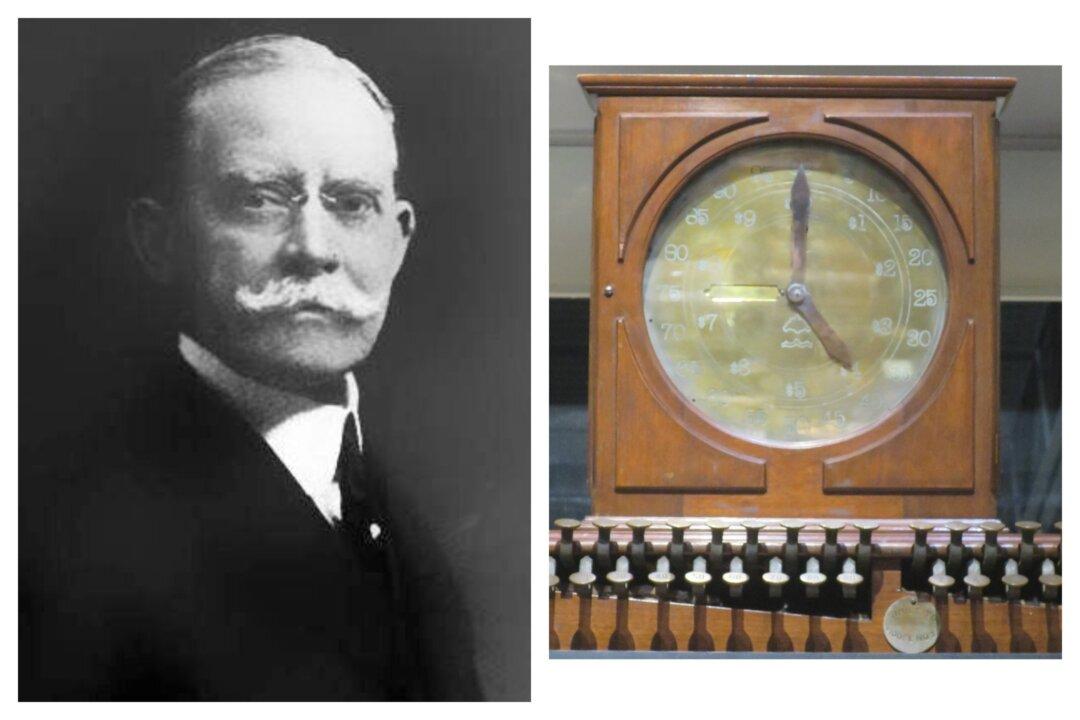In an
interview with Winsome Sears, now Virginia’s lieutenant governor, Armstrong Williams asked Sears to name one major problem in Virginia. Sears responded that 85 percent of black eighth graders in the state are functionally illiterate. The astonished Williams had his fact-checkers look up that statistic while Sears continued speaking, and they found that 85 percent of black eighth graders across the country lack proficiency in reading. In some states, that figure climbs to 90 percent.
Meanwhile, the
Nation’s Report Card for 2022 shows that 30 percent of all eighth graders are reading below the basic level of literacy. Of Americans between the ages of 16 and 74,
54 percent of them read at a level below that of sixth grade.
Illiteracy destroys lives and opportunities. On a broader scale, it will eventually destroy our republic just as surely as will debt, war, or political divisions.
We can point to many causes for this catastrophe in learning: poverty, failing schools, the COVID lockdowns, screens and social media, and negligent parents. With the exception of Sears and a few others, however, we rarely find this disaster front and center with any of our politicians, bureaucrats, news media, or educators.
So What Can We Do?
We begin with the basics: a book, a baby, and a mother’s lap.Even before learning to crawl, a child can appreciate books. Mother Goose nursery rhymes introduce the rhythm of words and language. Books with bright, bold colors attract the eye. Many babies enjoy gnawing on board books, seeking relief from teething or exploring the world through the sense of taste. Treasure that incisor-marked copy of “Where’s Sport?” for those may well be the first signs of a budding bibliophile.
As infants grow older, the stories and poems grow more sophisticated. “The Itsy-Bitsy Spider” gives way to “Mary Had a Little Lamb,” which in turn bows out to “The Pirate Don Durk of Dowdee.” Reading “The Three Little Pigs” transitions into “The Cat in the Hat” and then on to chapter books such as “Stuart Little.”
And whether you’re a grandmother wise in the ways of children or the clueless father of a 2-year-old, vast resources are at your command. Books such as Gladys Hunt’s “Honey for a Child’s Heart,” Jim Trelease’s “The Read-Aloud Handbook,” Mem Fox’s “Reading Magic,” editor Rachel Williams’s “Read to Your Baby Every Day”—these and a score of other titles on this topic, most of them with additional help and book lists, pop up on the catalog of my medium-size public library.
Once you’ve selected some books and begun your read-alouds, it’s time to bring some skills into play.
Main Tips
Voice. This one is key to all the others. No matter how many times you’ve read “Goodnight Moon” to your 3-year-old, throw yourself into the moment. If a Broadway actor can repeat the same performance a thousand times and still excite the audience, so can you. Never read in a deadpan voice. Never read too fast. Pace yourself and pause to add emphasis or to create tension. For those of you, male or female, who are shy, now is the time to let that inner performer out of the cage. You’ll never find a better audience.Drama. Use that voice to enhance the drama in a story. When you’re reading “The Three Billy Goats Gruff” and the troll asks, “Who’s that trip-trapping over my bridge?” become the troll by assuming a snarly, nasty tone. When the Big Billy Goat Gruff identifies himself, switch gears and use your deep voice: “IT IS I, THE BIG BILLY GOAT GRUFF.” Once again, give that actor a place on the stage.
Talk. Kids young and old often have questions about the stories you read to them. Why is the stepmother in “Hansel and Gretel” so cruel? Is it right for the boy in “Jack and the Beanstalk” to steal from the giant? What does the Skin Horse in “The Velveteen Rabbit” really mean when he tells the Rabbit “By the time you are Real, most of your hair has been loved off, and your eyes drop out and you get loose in the joints and very shabby”? Enter into these discussions. They lead to insight and laughter.
Time. Children love routine. Many parents put their kids to bed at night by reading them a story. Set aside time during the day for sharing a book and a sofa with them.
More Pointers
Books. Keep plenty of books on-hand, either ones you purchase or from the library. Keep them on the lower shelves of a case so that the little ones can reach them. Sometimes, when you sit down to read, allow them to select the books.Treats. Serve up a treat with story-time: a cookie and a glass of milk, apple slices, or crackers and cheese. Kids will associate these pleasures with reading.
Older siblings. Have brothers and sisters read to the younger ones. This gives them practice in their own reading while they set an example: “If big sister can read, so can I.”
The Great Stories. Several of the resources mentioned here contain scores of recommended books, many of them arranged by age or grade level. Be sure to expose your children to these treasures. Books like “Little Red Riding Hood,” “The Wind in the Willows,” “Winnie the Pooh” and “The Chronicles of Narnia” are the watering cans of joy and wisdom.
Family. As the kids grow older, we tend to abandon these special times together. Consider reading books as a family. Even 10 minutes a day around the supper table will deepen bonds between parents and children.
Good News All Around
In “Reading Magic,” Fox brings up the bonding that takes place during these shared story times. She writes, “Read-aloud sessions are times when parents and children fall in love with each other.” She also notes that even for babies, this “bonding through books helps the brain to develop. It’s hard to read to a baby without holding it, and touch is known to be the most important of the five senses for setting down the neural pathways in learning, especially in the first four months of life.”Reading aloud also benefits the reader as well as the listener. It provides the pleasure of enjoying our children, demands a break from our duties, and if entered into with the right spirit, can remove us, however temporarily, from our worries.
So there you have it. Sharing books with our children is good for them, good for us, and even good for our country.
Who would have ever guessed that Mother Goose and Doctor Seuss possessed such superpowers?
Additional Resources
The guides mentioned above are ones I’ve used myself and encouraged my children to use as well. For those who might need more convincing about the benefits of reading aloud, I highly recommend Meghan Cox Gurdon’s “The Enchanted Hour: The Miraculous Power of Reading Aloud in the Age of Distraction.” William Russell’s “Classics to Read Aloud to Your Children” has no pictures, but offers wonderful excerpts from such books as “Tom Sawyer” and “Don Quixote.”Search online for
100 Best Baby Books for Your Nursery, and you’ll find an array of childhood classics with mini-reviews of each book. Search some more, and you’ll easily find site after site recommending books for kids of all ages.






